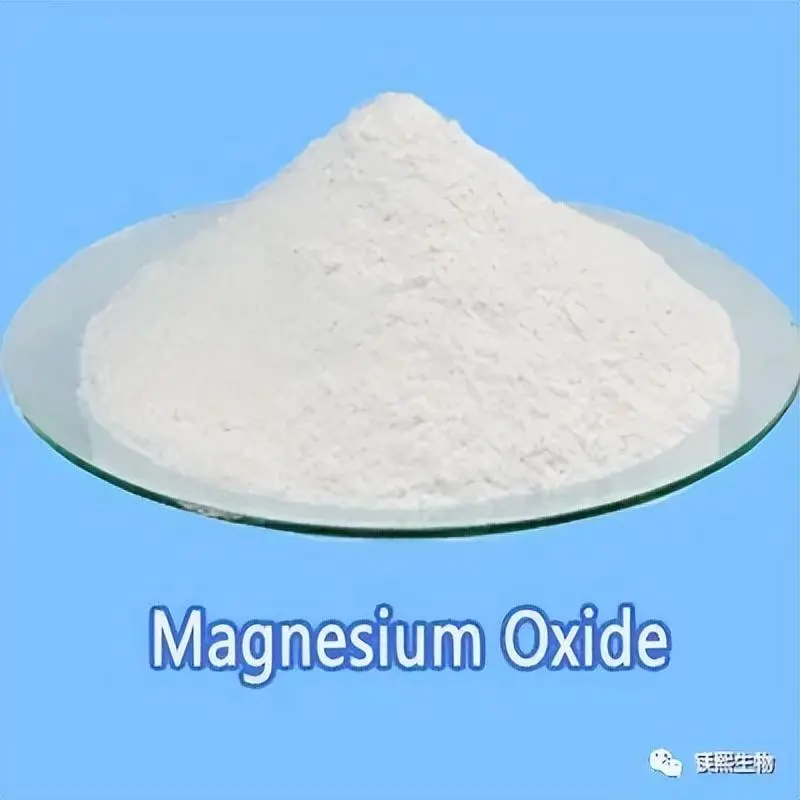Granular magnesium oxide and powdered magnesium oxide seem to be different only in appearance and shape. They are both made of magnesium oxide as raw material, but when used, the advantages and disadvantages of these two types of magnesium oxide are different, so the application places are also different.
In the tableting process, the material is not granulated, but the magnesium oxide powder is directly tableted, which has many outstanding advantages, such as time saving and energy saving, simple process, reduced process, and suitable for unstable drugs under hot and humid conditions. However, the direct tableting method of magnesium oxide powder has weaknesses such as poor powder fluidity, large tablet weight difference, and easy to cause cracking, which limits the application of this process.

During storage and transportation, due to the different bulk densities of various powdered raw materials, grading will occur. Granular magnesium oxide does not produce dust, and the environmental pollution rate is reduced to a low level. During production operations, it is not easy to generate dust, which has a protective effect on the respiratory system of production personnel. In terms of volume, powdered magnesium oxide will produce some dust, which will adhere to the four walls of the transport container. Granular magnesium oxide is dust-free, will not have adhesion, and also has a saving effect. Granular magnesium oxide can also have special granulator or mold for different industries, the common ones are 20 mesh – 80 mesh, 60 mesh – 100 mesh, etc.
Hebei Messi Biology Co., Ltd. said that granular magnesium oxide and powdered magnesium oxide have their own advantages and disadvantages. Whether to use powder or granules, as well as the coarseness of the crushed particles, depends on the customer’s production process equipment and production costs.
